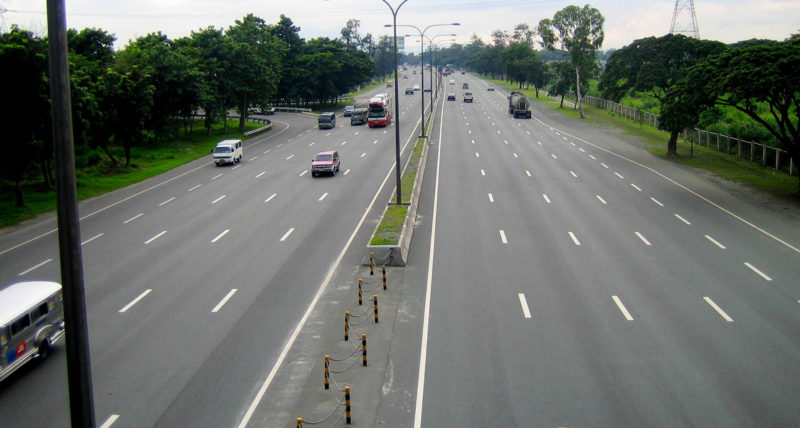
“Supply Chain Risk: The Five Categories of External Risk” noted that a World Economic Forum (WEF) survey found that 30% of respondents estimated losses of 5% of annual revenue from supply chain disruption.
One of these risks is environment risks. Risks arising from natural disasters had an estimated cost of US$155 billion in 2018, said the report, citing insurance company Swiss Re. The supply chain consequences are derived from not only the disruption of production but also the impact on transportation services and infrastructure.
Climate change is also another environmental risk. The survey conducted by WEF specifically identified “rising greenhouse gas emissions” and “failure of climate change adaptation” as the major issues of concern for company executives.
Pandemics are also one of the gravest environmental risks. The report mentioned the swine flu outbreak of 2009, which provided a very real warning of what could happen and the potential impact on society and the global economy of pandemics.
Economic risks are another serious supply chain risk. The most important network vulnerability identified relates to the cost of oil, not necessarily derived from a steady rise in price but from a sudden spike in oil costs caused, for example, by a crisis in the Middle East.
Other economic risk are demand shocks; currency risks; chronic fiscal imbalances, in which there is the possibility of systemic financial failure throughout the world; and supply shocks, which include the volatile nature of shipping rates.
Trade disruption/border delays are also an economic risk. Issues include the unpredictability of such delays, exacerbated by the lack of standardization of documentation and harmonization of trade regulations, and high levels of bureaucracy.
Another potential risk to importers and exporters is the incidence of trade wars, such as those between China and the United States and the EU. “As markets come under increasing economic pressure, the calls for more barriers to trade will also grow, to the detriment of global supply chains,” the report said.
Industrial action such as work stoppages and slowdowns also has a significant impact on supply chains.
“With the continued economic uncertainty and the threat of automation throughout the world, this will prove difficult as labour unions fight to maintain existing jobs in port and other transportation nodes,” the report said. “This will likely create a vicious cycle as strikes, as seen in the past, can easily cripple an economy – thus further exacerbating an already difficult situation.”
On the other hand, societal risks are related to the issue of corporate and social responsibility. “Supply chains have expanded into many emerging markets where the work force and the natural environment are much more vulnerable to exploitation than in the developed world. Global companies such as Apple have been accused of taking advantage of low cost labour and lack of environmental regulations to manufacture their products more cheaply and efficiently than they could in North America or Europe,” noted the report.
The risk emanating from companies’ supply chains in this instance is primarily reputational, although if enough consumers were to boycott their products there would also be a financial impact.
The fourth category is security risk, which stems from geo-political tension, terrorism, and increasing levels of security-driven regulations and procedures to foil terrorists.
“Increasing levels of bureaucracy or even initiatives such as banning air cargo on passenger planes, as some politicians have suggested, could have more of an economic impact than actual terrorist activity,” Ti said.
Other security risks include cargo crime like theft by criminal gangs. “Shipments are rarely stolen whilst physically moving (although hi-jacking vehicles whilst in motion is becoming more prevalent). Instead they are most vulnerable in warehouses, airports, ports, intermodal yards or whilst a driver is taking a break.”
Corruption represents another security risk and costs shippers billions of dollars a year, with bribery identified as the best-known form of corruption.
“However, much more money can be made by misdeclaring the duties which should be paid by importers, and this often involves large numbers of customs officers at all levels. Either directly or indirectly shippers have to pay the cost of corruption and an increasing expansion into emerging markets, either as import or export markets, will increase their exposure to corruption and criminality further,” said the Ti document.
Piracy can also be a major issue for supply chains. Its costs include not just the ransom paid but also forcing shipping lines to divert to longer routes in order to avoid the problem areas. Other related costs include increased insurance; security and guards; increased steaming speeds; higher wages for seamen (danger money); and indirect payments for military operations.
Finally technological risks are also a supply chain disrupter. The WEF survey found that critical systems failures were deemed to have the highest potential impact. However, cyber-attacks were identified as being most probable, either from a state-sponsored, criminal or terrorist source. Other risk events included massive digital misinformation, incidence of data fraud and theft, and failure of intellectual property regime.
Ti is a leading UK-headquartered logistics and supply chain market research and analysis company.
Photo by Chris Gallagher








